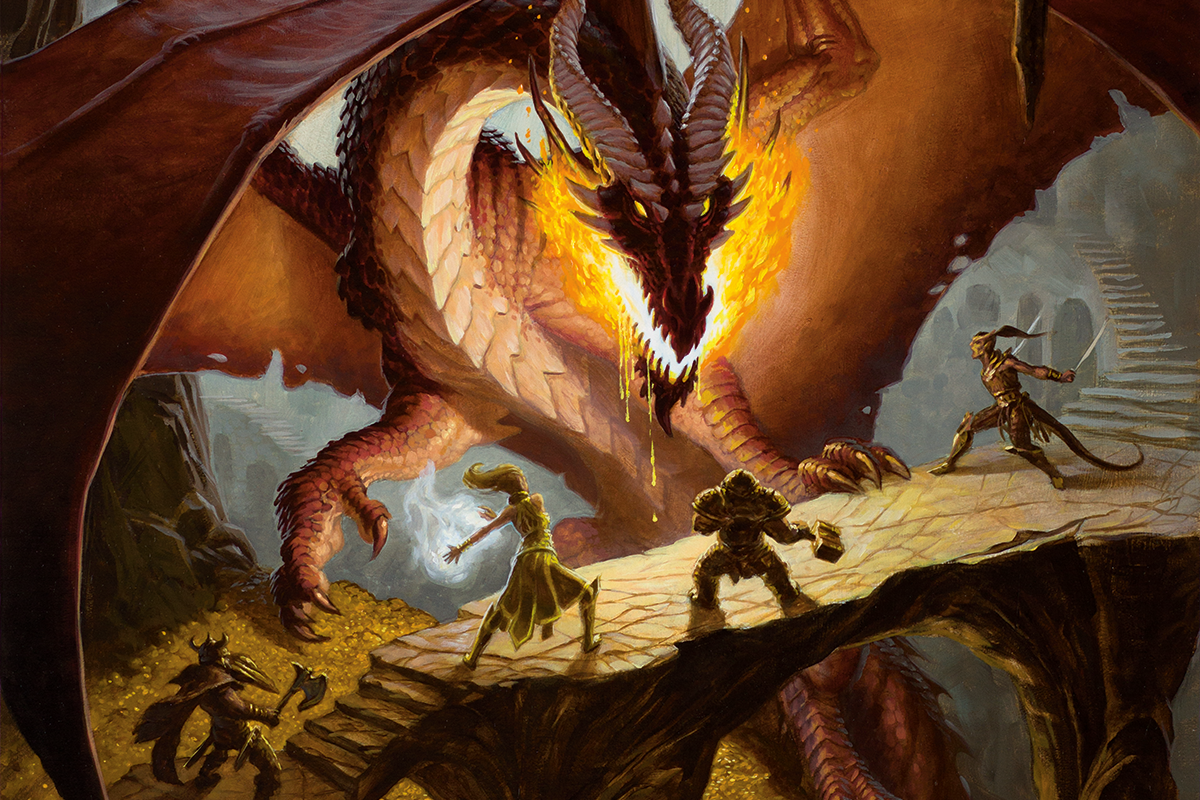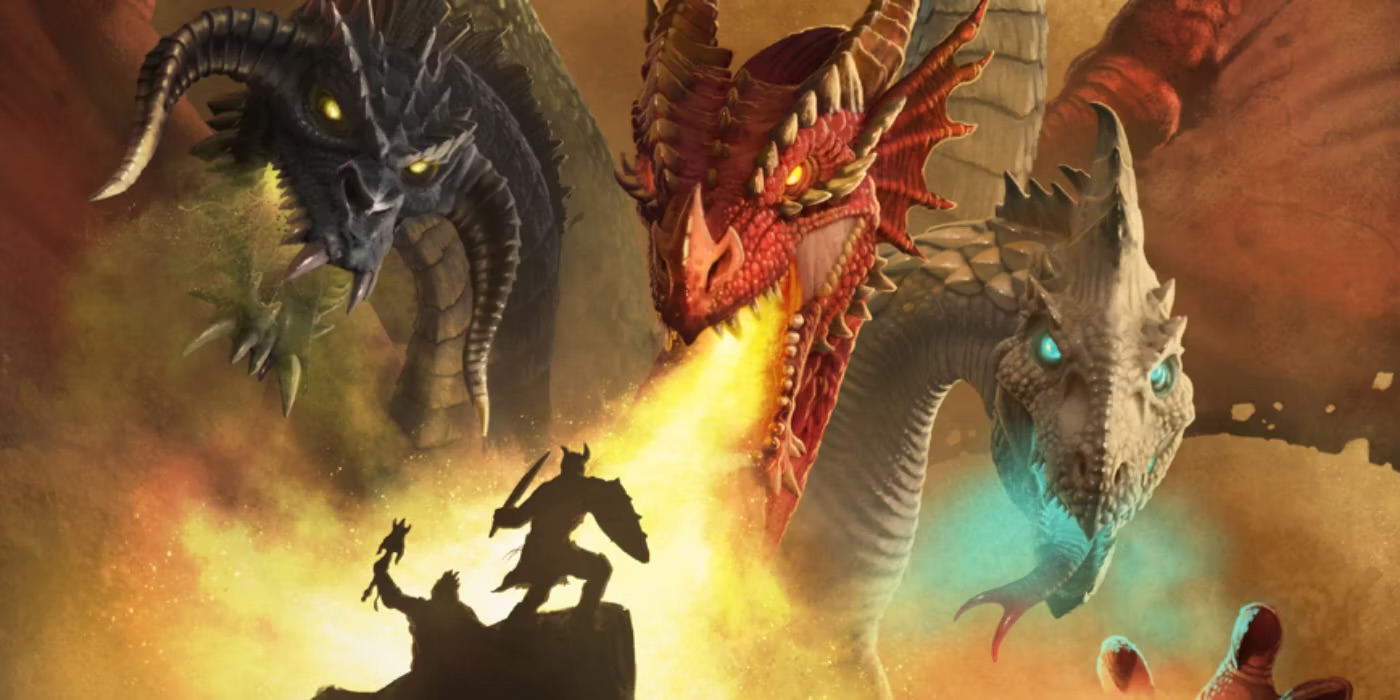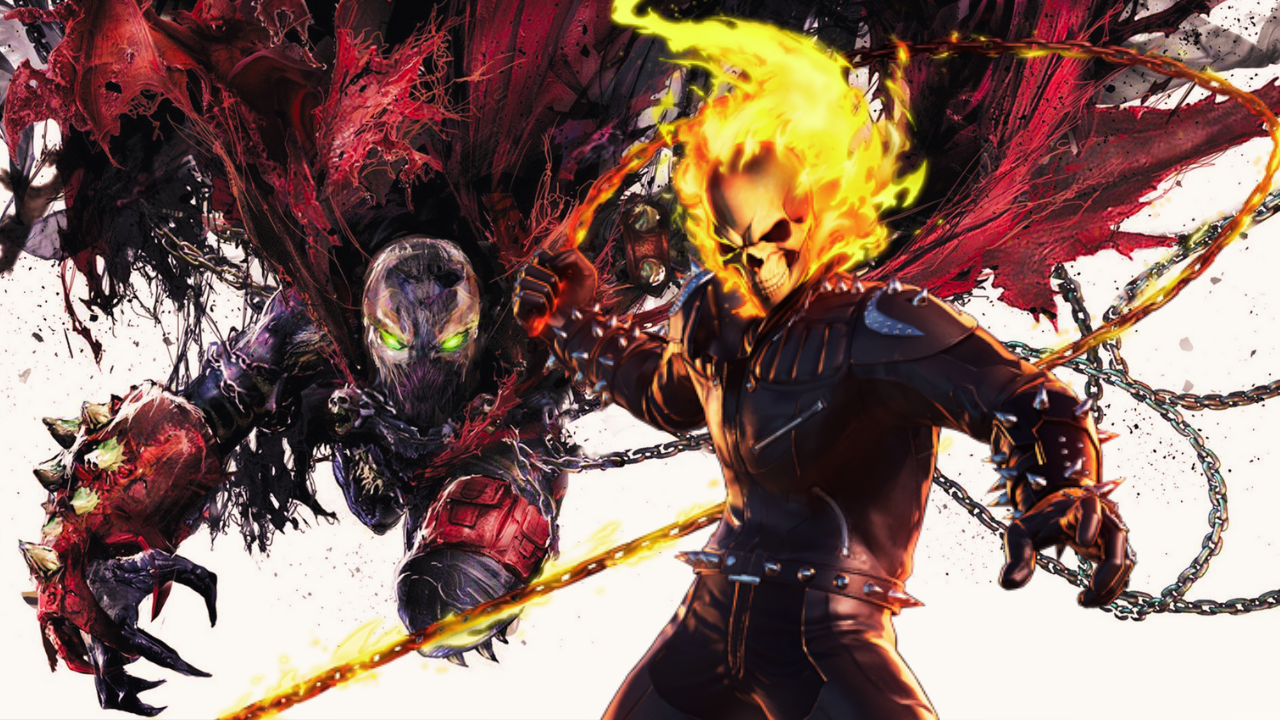Dungeons & Dragons (D&D), a cornerstone of tabletop gaming, emerged from the imagination of its creators, Gary Gygax and Dave Arneson, laying the foundation for an immersive and enduring fantasy realm. Join us on a journey through time as we delve into the creation of Dungeons & Dragons, exploring the minds behind the magic and the evolution of a game that has captured the hearts and imaginations of adventurers worldwide.

In the early 1970s, Gary Gygax, a war gamer and enthusiast of medieval history and fantasy literature, collaborated with Dave Arneson, an equally passionate gamer. Together, they set out to develop a game that would combine elements of strategy, storytelling, and the fantastical worlds they loved. The result was the birth of Dungeons & Dragons in 1974.
The roots of D&D can be traced back to Gygax’s earlier work on a game called Chainmail, a medieval miniature wargame focused on historical battles. This game laid the groundwork for many concepts later incorporated into D&D, including different character classes, combat mechanics, and the idea of individual heroes within a larger context.
Gygax’s interest in medieval history led him to form the Castle & Crusade Society, a group that explored historical wargaming. It was within this community that Gygax and Arneson first crossed paths. Their collaboration began with Arneson creating a fantasy variant of Chainmail, introducing the concept of individual characters with unique abilities.

Dave Arneson’s Blackmoor campaign became the crucible for the evolution of D&D. In Blackmoor, players assumed the roles of individual characters, embarking on quests, facing challenges, and interacting with a dynamic, evolving world. This marked the birth of the role-playing game (RPG) genre, a revolutionary shift from traditional wargaming.
In 1974, Gygax and Arneson published the first edition of Dungeons & Dragons. Packaged in a brown box, it contained three booklets that laid out the rules for creating characters, running adventures, and engaging in combat. This edition, often referred to as the “White Box,” marked the beginning of an unprecedented gaming phenomenon.
In 1977, Tactical Studies Rules (TSR), a company founded by Gygax, published the first hardcover edition of D&D. This marked the game’s transition from a niche hobby to a cultural phenomenon. The game continued to evolve with the release of Advanced Dungeons & Dragons (AD&D) in 1977, introducing new mechanics and expanding the game’s reach.

As D&D gained popularity, it faced scrutiny and criticism, particularly during the 1980s “Satanic Panic.” Concerns about the game’s influence on young minds led to accusations of promoting occultism and dangerous behavior. Despite these challenges, D&D endured and continued to thrive.
In the late ’90s and early 2000s, D&D faced a decline in popularity due to changing interests and competition from video games. However, the game experienced a renaissance with the release of the 3rd Edition in 2000, followed by subsequent editions that revitalized the player base and introduced new generations to the magic of tabletop RPGs.
Dungeons & Dragons embraced the digital age, with online platforms facilitating remote play and fostering a global community of players. Wizards of the Coast, the current steward of D&D, continued to innovate with the release of the 5th Edition in 2014, bringing accessibility and inclusivity to the forefront.

Today, Dungeons & Dragons stands as a testament to the enduring power of collaborative storytelling and imagination. Its impact reaches beyond gaming, influencing literature, film, and popular culture. With millions of players worldwide, D&D remains a vibrant and evolving tapestry of creativity, inviting adventurers of all ages to embark on epic quests within the realms of their imagination.
The creation of Dungeons & Dragons is a story of innovation, collaboration, and the boundless potential of the human imagination. From its humble beginnings in the minds of Gygax and Arneson to its status as a cultural phenomenon, D&D has not only withstood the test of time but continues to shape the way we engage with fantastical worlds, weaving tales of heroism, camaraderie, and the enduring spirit of adventure.




